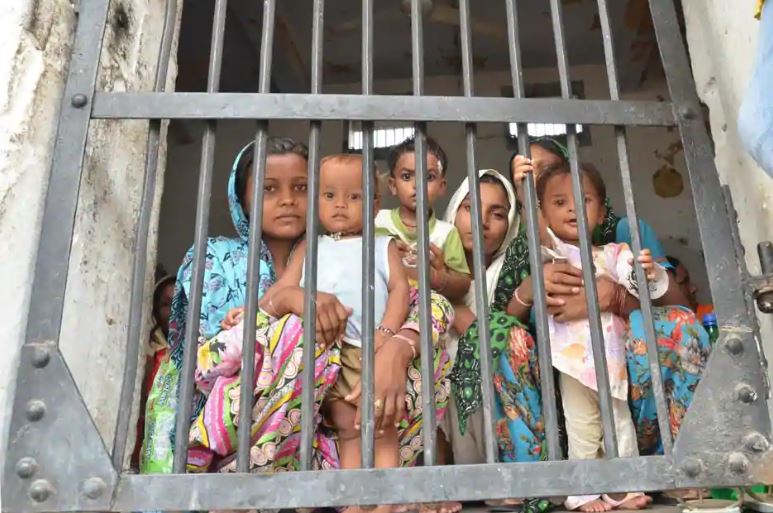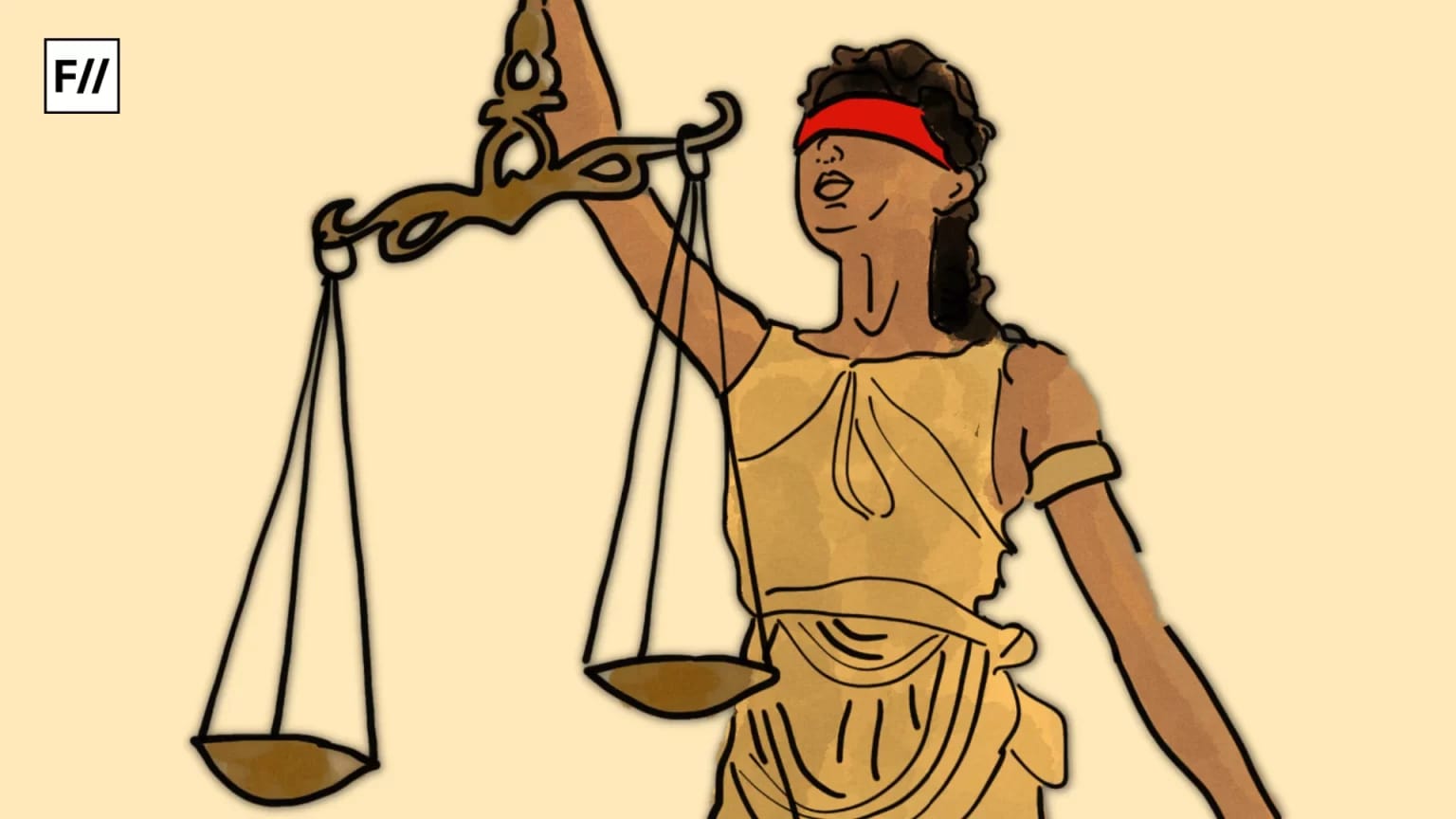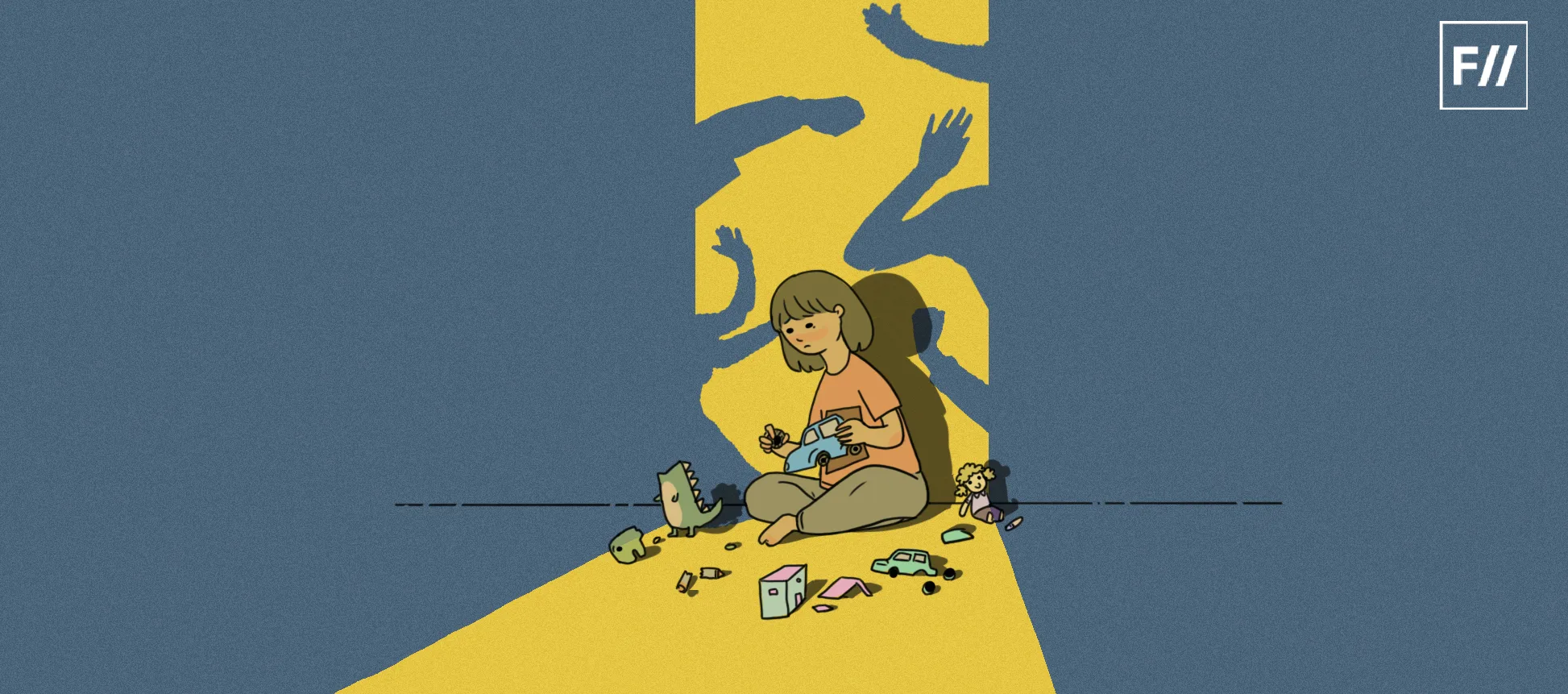‘Criminality’ is a title that is associated and at the same time not seen as worth associating with the body of the Indian woman. It is a form of masculine deviation that the docile Indian woman is not considered being capable of. If she deems herself capable of this masculinity she is invisibilised and dehumanised.
This is the case of women in Indian prisons.
As the population of Indian women prisoners increased by 61% over the past fifteen years, it surpassed the male growth rate of 33% but infrastructure within these prison systems refuses to keep up with this rising population, leading to inhuman treatment of female inmates. To understand this problem, there are two aspects that needs to be analysed – a) Why is there an increase in women prisoners? b) What are the infrastructural inequalities being faced by women in Indian prisons?
A study conducted on the conditions of women in the jails of Rajasthan informs us that women in this system usually belong to economically and socially disadvantaged parts of society and become particularly vulnerable to being detained due to their inability to pay fines and to pay bail. Typically they are young, unemployed, have low levels of education and have dependent children. This economic status becomes a huge factor in getting and retaining women in Indian prisons.
Let’s take the example of Tulsi. Born in Nepal, Tulsi was imprisoned for allegedly murdering her husband with the help of her nephew. The mother of three had no evidence against her except a confession statement that she wrote after having been brutally tortured. The lack of funds and education retained Tulsi in jail. She claimed to have no idea of her right to free legal aid and was only acquitted in 2010 after receiving free counsel from the government.
Statistics tell us that numerous other women like Tulsi were unaware of their right to free counsel and also claimed to have confessed under police pressure. The same study mentioned above on women in prisons in Rajasthan reported that 26 respondents said they confessed to the offence due to police pressure but a majority of them said they did not confess to their crime.
female prisoners face more obstacles within this prison system than their male counterparts who have access to certain resources in the prison system.
The study also tells us that the majority of women came from lower economic households. Statistics indicate that of 150 women, 128 are poor with a family income of less than Rs 5,000 per month. Only nine belonged to a better-off section with family income higher than Rs 15,000. Thus, it is important to pay attention to the economic barrier that women face to defend themselves with lack of information. It concludes that “the personal profile of the respondents shows that they are mostly young or middle aged, Hindu, lower caste, illiterate, poor women for whom life outside the prison was a daily battle for survival”.
These economic and social barriers create a situation where paying for legal aid or even bail becomes rather impossible. Reaching out to family members also becomes hard as societal norms dictate that when a man goes into jail, the women of the family pool money in order to let him out. The same is not done for women who are more easily shunned as disrespectable after being convicted and replaced. Further, out of 150 respondents, the families of 111 were informed at the time of arrest but the families of 27 were not. These factors put and retain women in jail.
The second factor to be analysed is that female prisoners face more obstacles within this prison system than their male counterparts who have access to certain resources in the prison system that women are excluded from. For example, women were only recently included to the ‘Open Jail’ benefits in Tihar jail after a long struggle waged by activists. Further due to the small population of female prisoners in India, overcrowding becomes a serious problem.
As of December 31, 2015, the number of inmates in central jails was 1,85,182 against the authorised capacity of 1,59,158. This leads to women often being placed in co-ed facilities with little or no segregation from male prisoners creating a dangerous climate for women. This small population also forces women to be placed in prisons further away from their home and community making it hard for them to have visitors, community ties, and necessary financial help.
While policies are in place to provide women in Indian prisons with necessary facilities there is a lack of enforcement.
Tulsi, whose story is mentioned above, talked about how her biggest worry was her two daughters who she had to leave with their uncle as she spent her time in prison. Women are often the primary caregivers of their children, creating dire circumstances for not only them but their children once women are imprisoned.
Children in India below the age of 6 are allowed to stay as dependants within the confines of prisons in order to be close to their mother. While baby units are available, their small numbers make it hard for them to be available for all female inmates with children. Further, breast feeding is discouraged as it may interfere with prison activities.
A study done on female inmates and their children in UP reported that children staying with their mothers in prisons or in state facilities while their mothers spend time in prison are more vulnerable to developing criminal behaviour in order to survive in later stages of life. At the end of 2014, 1800 children were growing up in prisons.
According to India Spend’s report “As many as 1,320 children (73%) were living with under-trial mothers. Uttar Pradesh had the highest number of children growing up in prisons, 428, followed by West Bengal (298) and Bihar (166). Growing up in restricted spaces, children sometimes miss any sort of education and may not be able to recognise what is obvious to other children, such as the difference between an elephant, a needle and a tractor, BBC reported in November 2005”.
The morality of allowing children to grow up in the confines of the prison system are still being debated. While numerous NGOs are creating programs to allow children access to education within these systems, what are we normalising for these children who see their mothers as inmates? Further relocation of children post the age of 6 becomes another worry for mothers imprisoned. It is also important to keep in mind that numerous of these mothers are yet to be convicted and are merely undergoing trials.
It is in this same environment where children are expected to spend a major formative period of their life where accusations of rampant sexual abuse have surfaced. It has become an unfortunately common experience for women within the confines of these inhuman facilities.
In 2017, Byculla women’s jail in Mumbai, which houses female prisoners and their children, saw a huge riot breakout because of the death of an inmate who “[Was] battered and bruised, and her lungs damaged. In a police report, also obtained by the Hindustan Times, a witness described hearing the woman’s screams as female guards forced open her legs and inserted a stick into her vagina. According to reports, the woman was beaten because she complained that prisoners were not receiving sufficient food.”
Also read: Byculla Prison Incident And The Treatment Of Women Convicts
While policies are in place to provide women in Indian prisons with necessary facilities there is a lack of enforcement and consciousness of their experiences within this punitive system that while attempts to create reform, ends up creating inhumane conditions where the outlaws of our country and placed.
Crime does not exist in black and white, but is born out of a grey area that needs to be analysed through a gendered, intersectional perspective.
Featured Image Source: Hindustan Times
About the author(s)
Undergraduate studying Religion and Gender, activist, feminist. Gender pronouns - she/her/hers





All prisons in the country not having services to secure the health, nutrition, legal, and other concerns of women prisoners. Gender violencemay be possible grievances they could face include sexual violence and harassment within the prisons by both other prisoners and jailers, nutrition issues where their prescribed diet, especially for pregnant women, are not given, legal support which undertrial women must receive, and sanitation.